One of the things that I love about the Master Gardener program is that you are required to complete 40 service hours with gardening projects in the local community. This gives you an incredible opportunity to maintain an important garden in your community (often at historic homes or vegetable gardens that help feed the local community). One such project is an heirloom apple and peach orchard at the Carter House where we learned how to plant and prune a fruit tree.
So, even though it was a cold morning, I drug myself out of bed and went to Carter House. The goal for the day was to dig up some of the peach and apple trees that were diseased, dying, or not producing well, and then replant with new trees. I documented the process along the way and learned so much. Edible plants aren’t my specialty, and fruit trees especially aren’t my specialty. Luckily, Ron Novak is a pro, and lead us through the process from planting to pruning.
Planting
First, Ron said that it is best to start with dormant, bare-root fruit trees. He said that you can get the kind in pots with soil, but he has found that the bare-root trees end up doing better than those grown in pots. They are less likely to have diseases in the soil and roots, and acclimate better to their future soil conditions. Fruit trees should be planted when they are dormant, and luck for us, that is in the winter! (I would much prefer this to 90+ degree summer temps, though.)

Ron showing us the bare roots and explaining the benefits 
They acclimate better to the clay soil without compost 
Start digging!
For these bare root trees, dig a hole two feet wide and two feet deep. Then create a cone-like shape with the soil in the bottom of the hole to set the tree roots on top of. Ron said that he does not fill in the hole with compost, but just uses that soil that was dug out to make the hole. If you use compost or bagged soil in the hole, with clay soil all around it, the clay will act like a clay pot when the roots get to it. Instead, use the soil that was in the ground to start with, and the trees roots will be able to grow through it from the start.

Two inches of the root stock need to be above the soil line 
Put a cup and a half of fertilizer in the hole, but not on the roots
When you put the tree on top of the soil, make sure that two inches of the root stock is above the soil line. Spread the roots out as much as possible. Put a cup and a half of granular fertilizer in the hole around the roots, but don’t put the fertilizer directly on top of the roots. Then start filling in the hole with the remaining soil. It’s helpful to have one person holding the tree up straight while the other person fills in the hole.

Fill in the hole with your soil 
Tamp down the soil so it doesn’t leave air pockets
Halfway through or so, tamp down the soil by stepping on the soil around the tree until it’s packed in. Then fill in the remainder and tamp that down as well.

Finished planting 
Up close 
Pretty proud of myself
Pruning
Next, on to pruning! When we asked Ron if you could tell the difference between the apple tree and the peach tree before they had flowered, he said you could. Apple trees have a strong main trunk to the top with branches out of the main trunk, while peach trees open up in the middle with the branches spreading out like an open palm. This helps make some of the final decisions in pruning.
As mentioned in my crape myrtle pruning post, always start by pruning any dead or dying branches. That keeps the tree from expending energy to a branch that isn’t gonna make it. You should cut them off and make the cut close to the main branch. Then any diseased or rubbing branches. If branches are currently rubbing, then they are creating wounds, which is how diseases can get into the tree.

Prune any branches on the bottom part of the trunk 
This branch is obviously dying, so off it goes 
Ron points his shears at an inward facing branch
You can then cut any branches on the bottom third of the tree to help strengthen the main trunk. Next, any branches that are pointing down. If you are working with a fruit tree, it can’t hold fruit well on a branch that is pointing down. Then, any branches pointing inward. Branches pointing inwards will eventually start to rub on others, which leads to the aforementioned problems.
Any branches that make a V-shape (instead of straight out or more U-shaped) coming off of another branch can be cut off. You also want to keep the healthier/stronger/bigger of any two branches that are pointing in the same direction. On the younger trees that we were planting today, you can get it down to at most four branches pointing in different directions. If you are cutting on a branch, make sure to cut just above an outward-facing bud. That was new to me, but it makes sense. The bud is facing in the direction that the branch will eventually grow, so you want to get it started in the right direction.

We want to get rid of the upward growing branch 
If cutting on the branch, cut just above an outward facing bud 
Cutting here because a) it is rubbing another branch and b) because peach trees don’t have a long main trunk
Finally, for peach trees, you want to have it open in the center, rather than having the main trunk run up through the center. So, when it gets a little older, you can prune the main trunk down to the outward-opening branches.

Peach tree – before. Lots of downward and inward facing branches 
Peach tree – after pruning 
Apple tree – main trunk up the middle 
Peach tree – branches open outward from the low middle with no main trunk up the middle
I think one interesting thing to note is that pruning your tree is essential for tree health. I used to think that you don’t need to prune trees at all. You just let them go and do their magic. I think many don’t want to prune their trees improperly by just hacking of the tops, so they default to not at all. But, by cutting off dead and dying branches any time of year, you can help the health of you tree. Further, if you prune your tree by cutting rubbing, downward and inward facing branches, you can open up the tree to have better air flow and appearance. Aside from dying and diseased branches (which you can cut anytime), major pruning should be done in the winter or early spring.

Do you have fruit trees? Any tips you’ve learned along the way? Share them in the comments below!
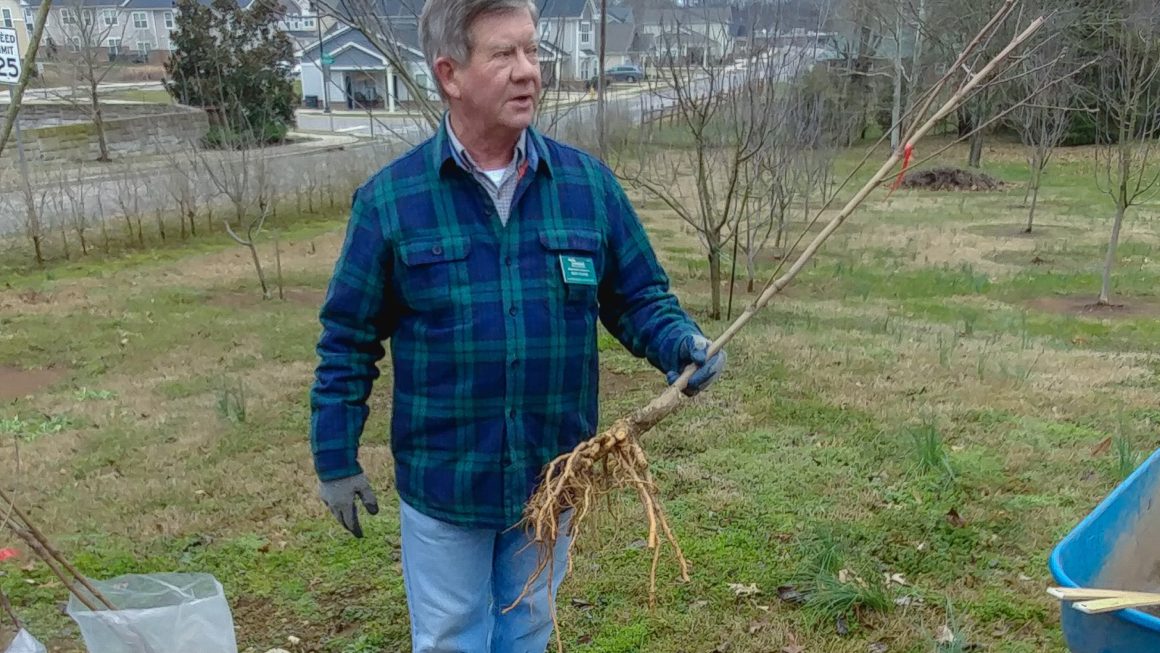

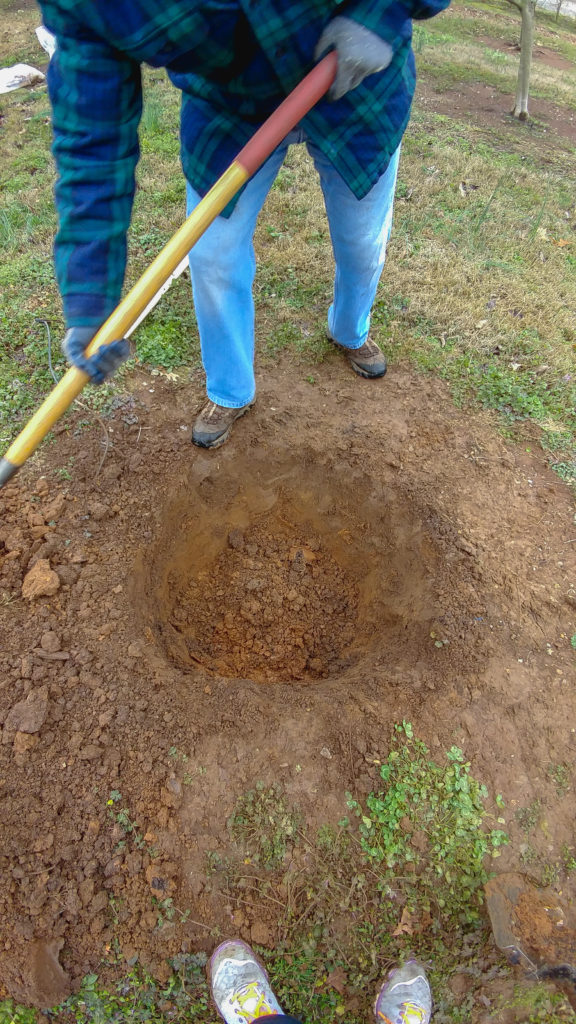


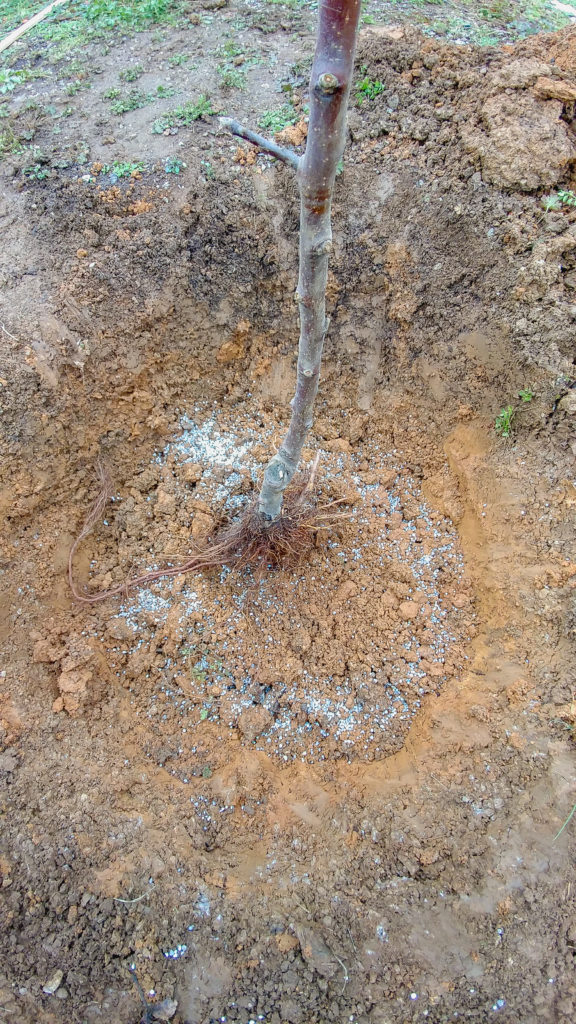
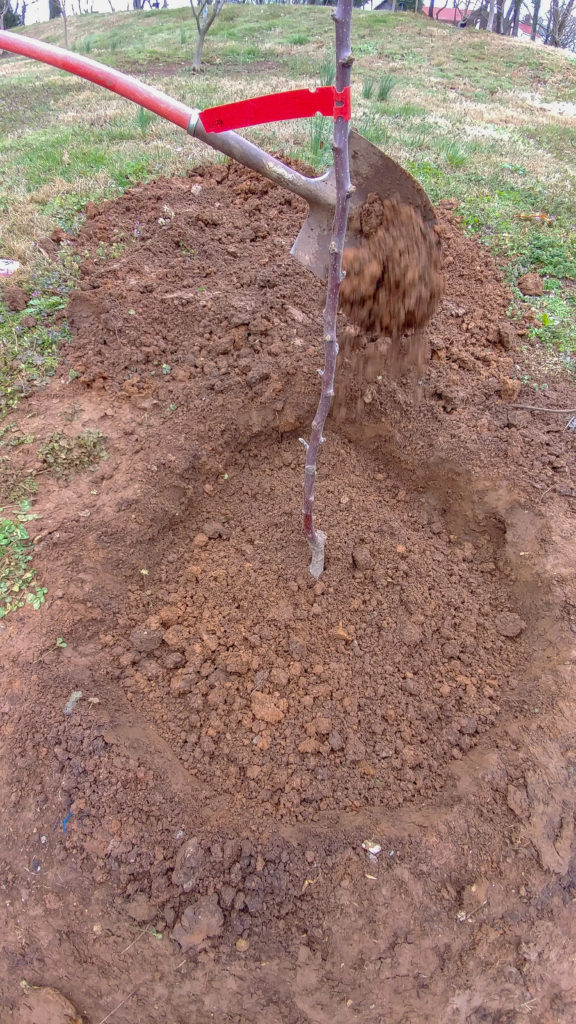
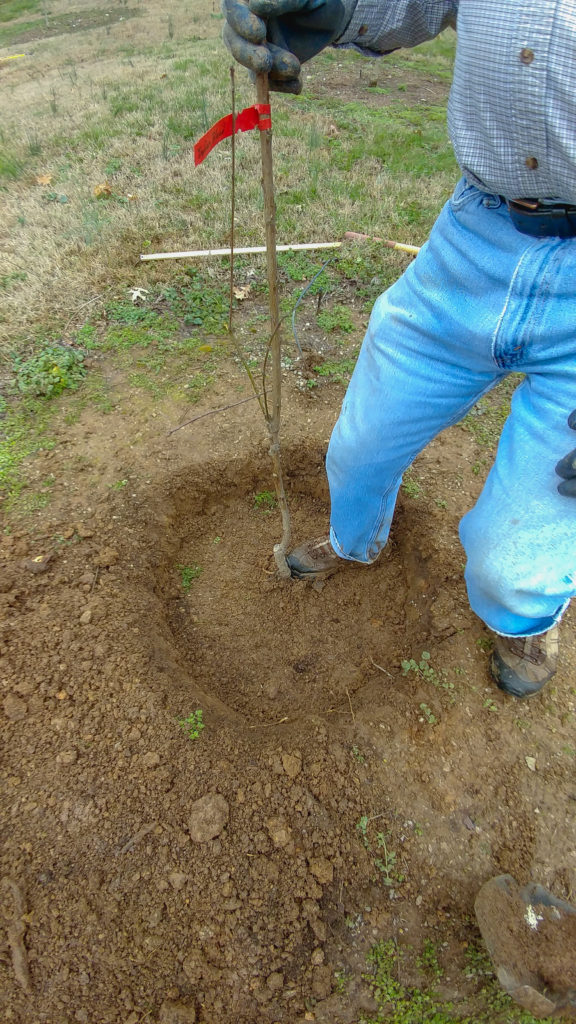
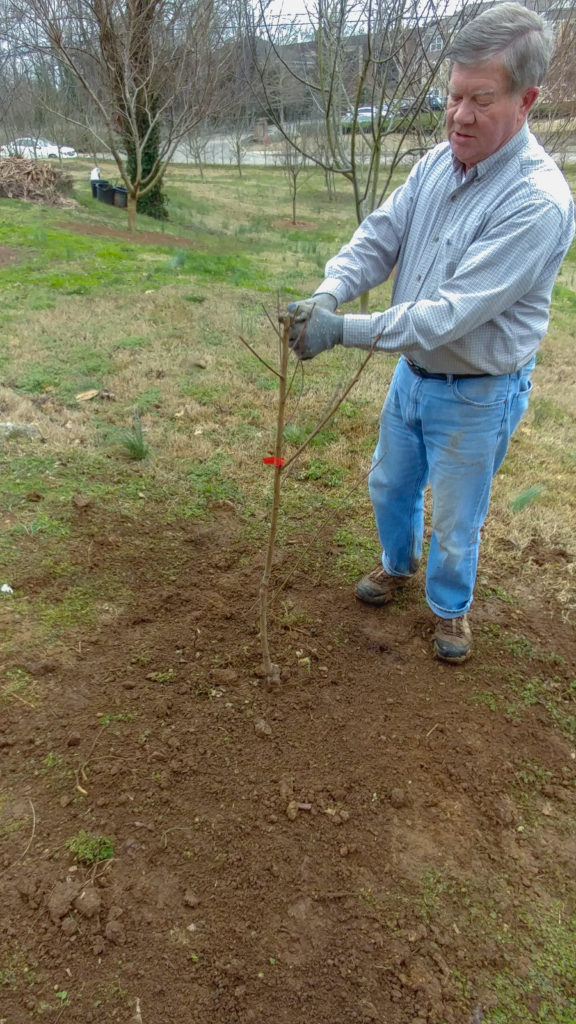

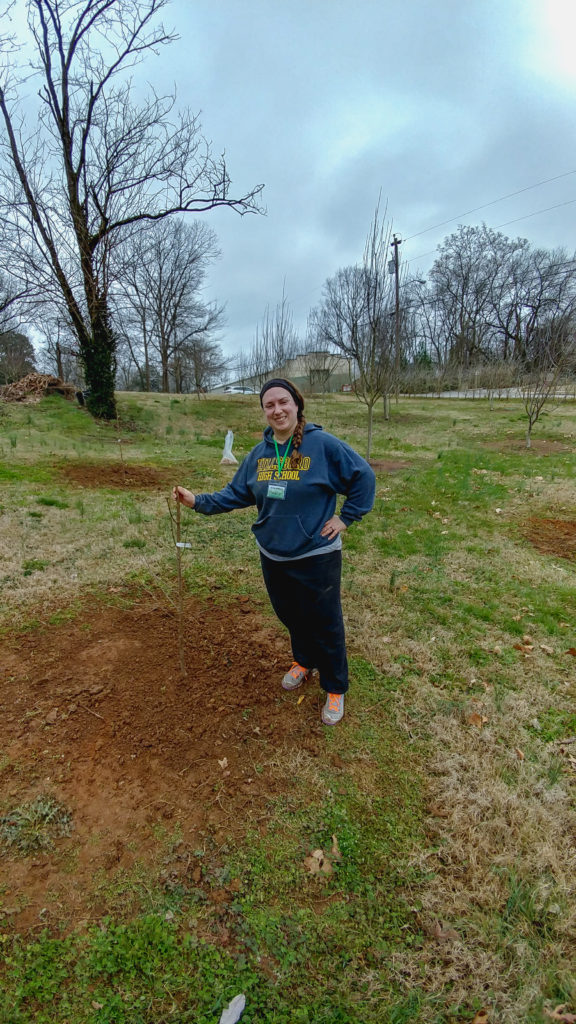
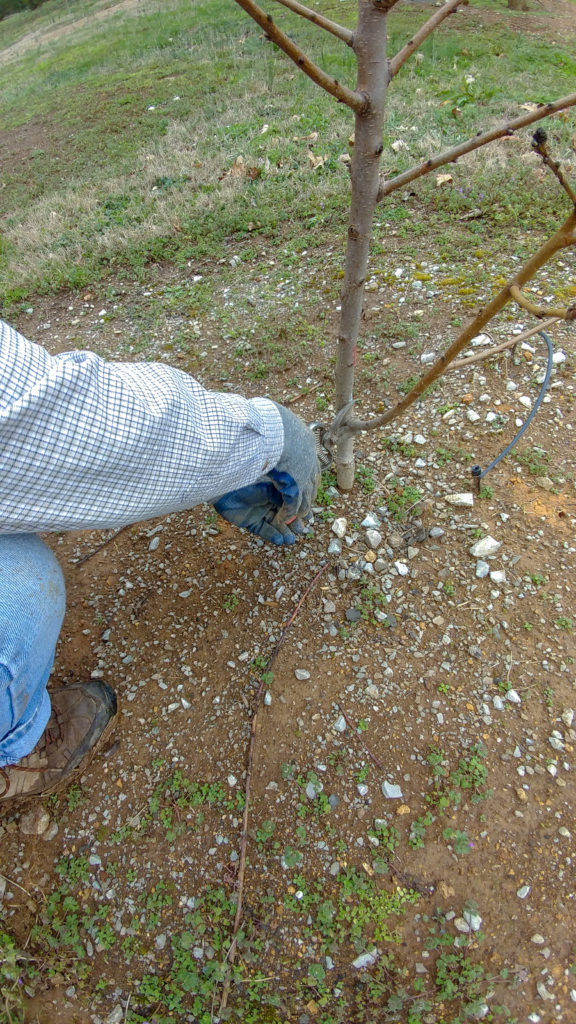

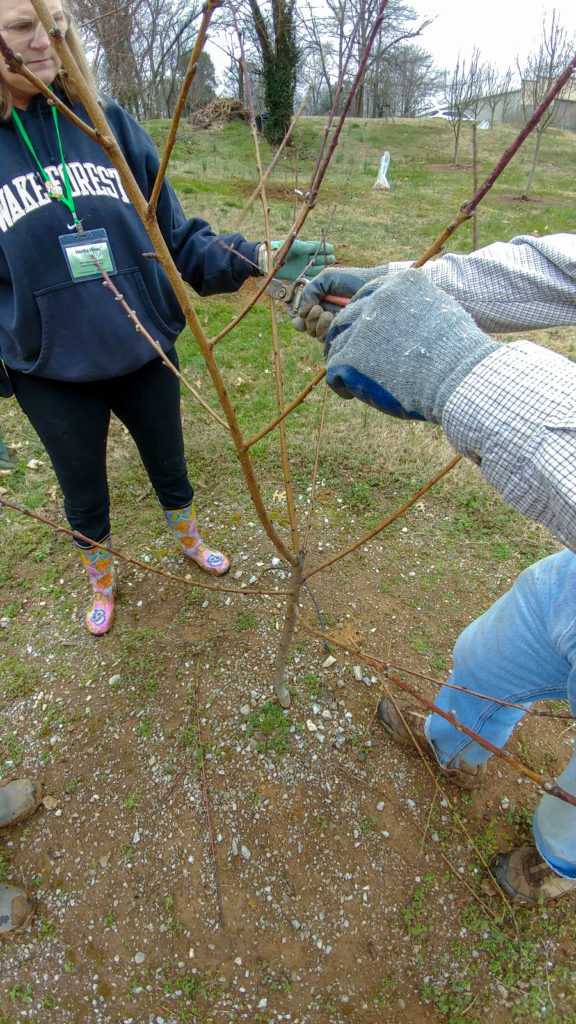
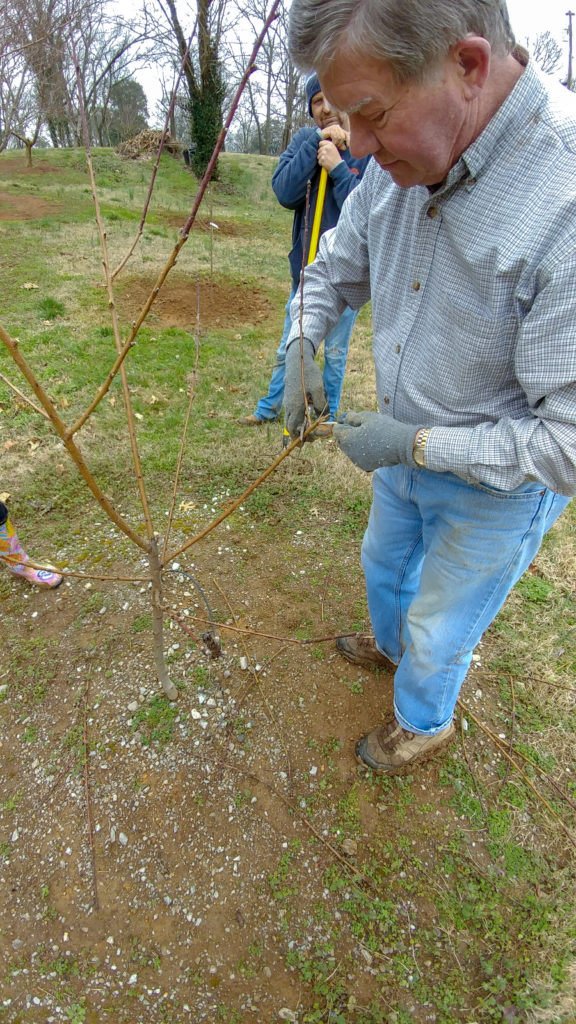
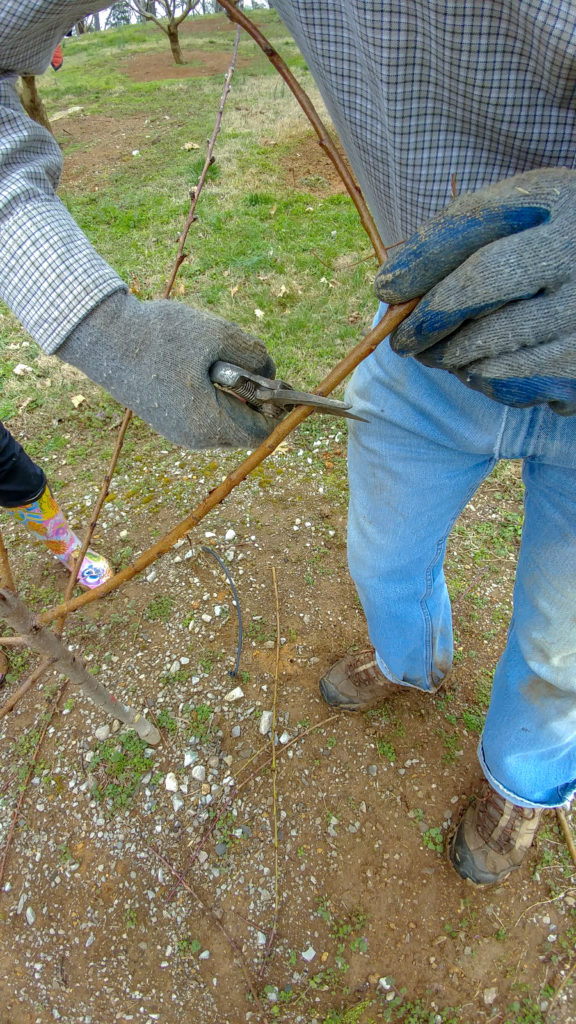

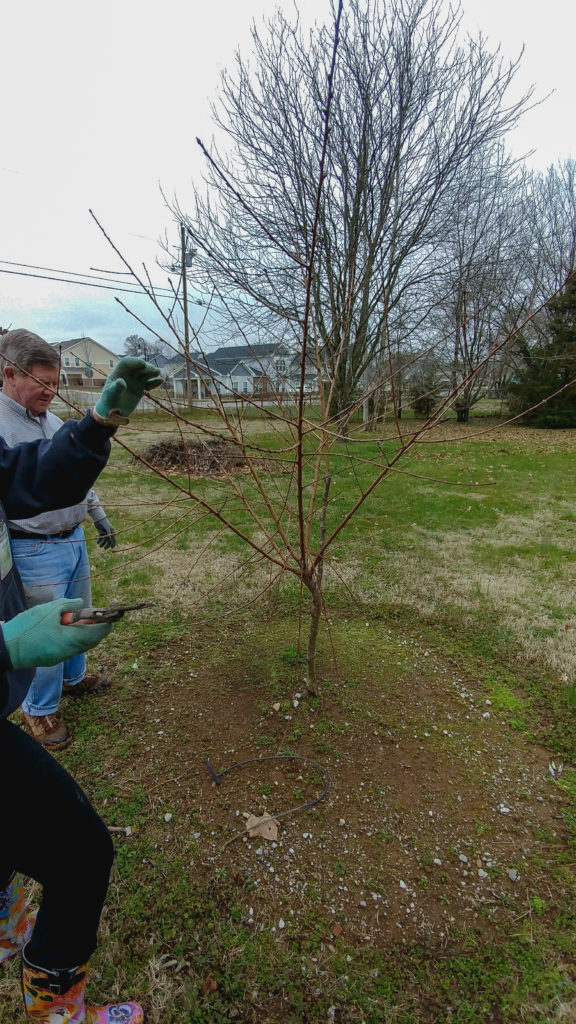
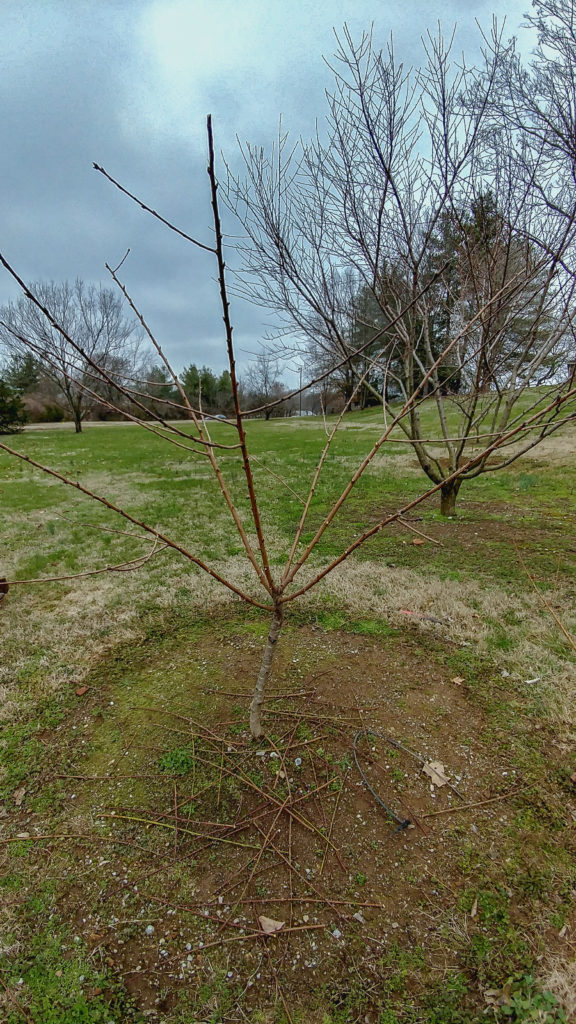



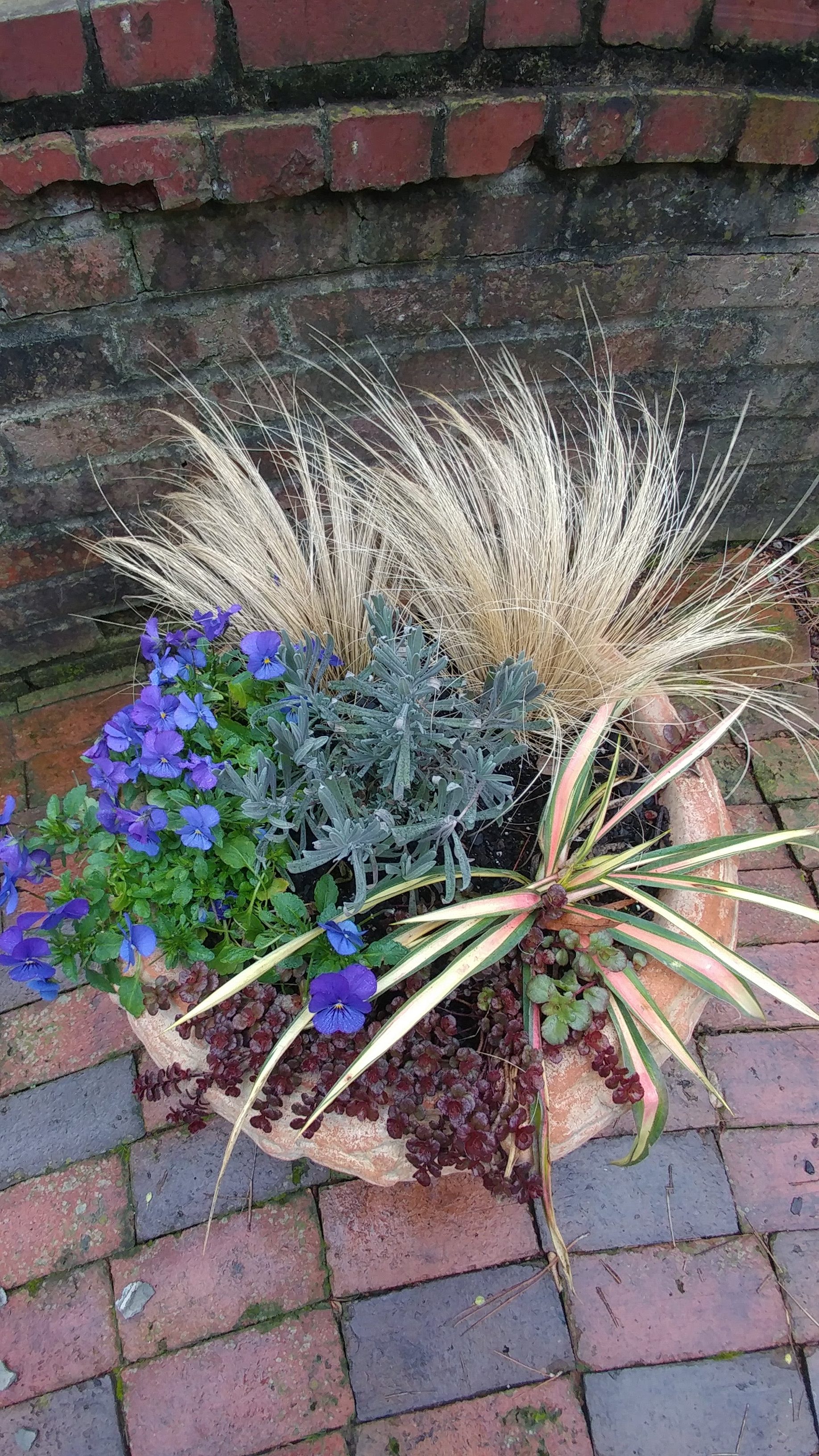

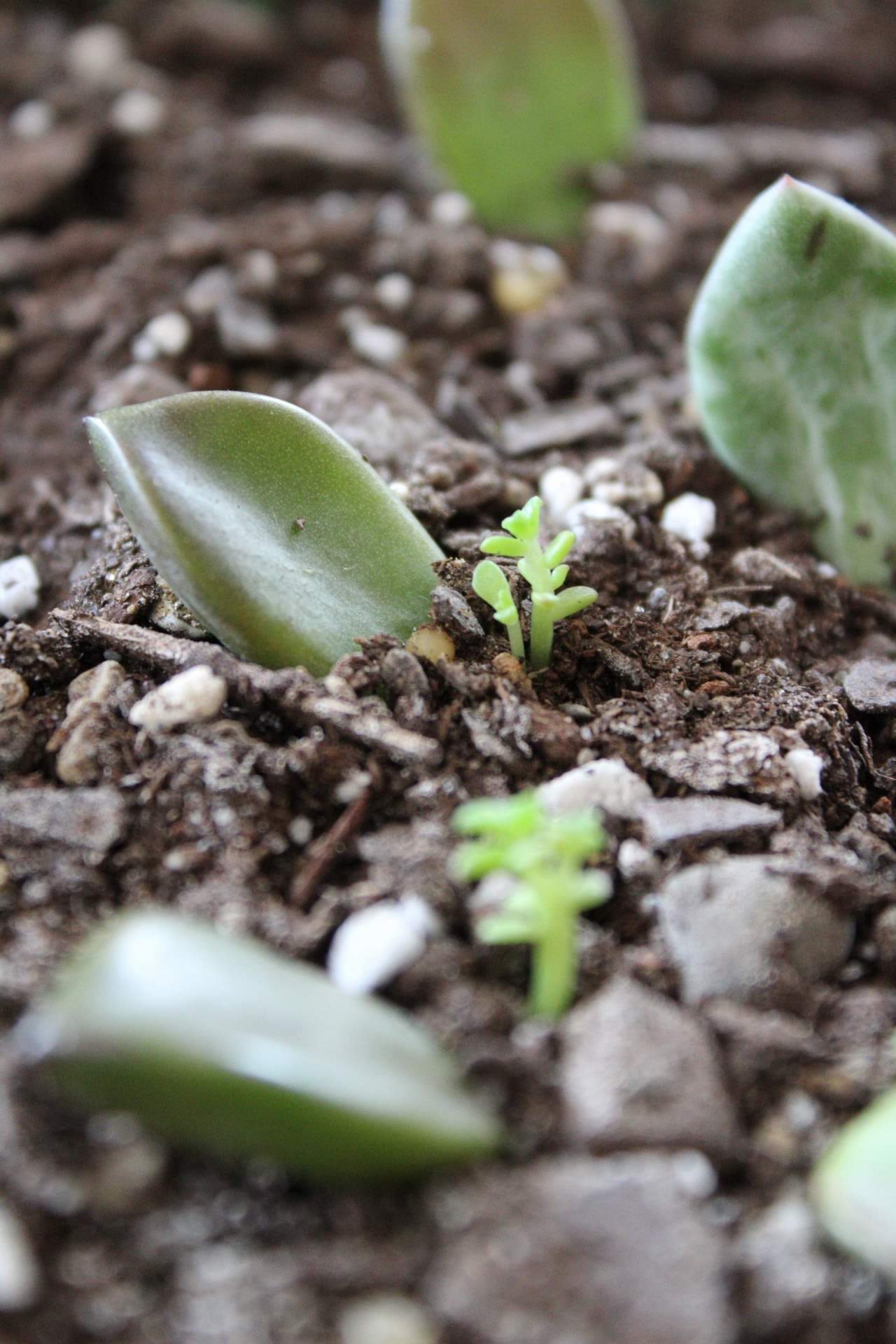
How fun! I love the idea of this. My grandmother has several apple trees in her backyard.
I wish I had room for some peach trees!